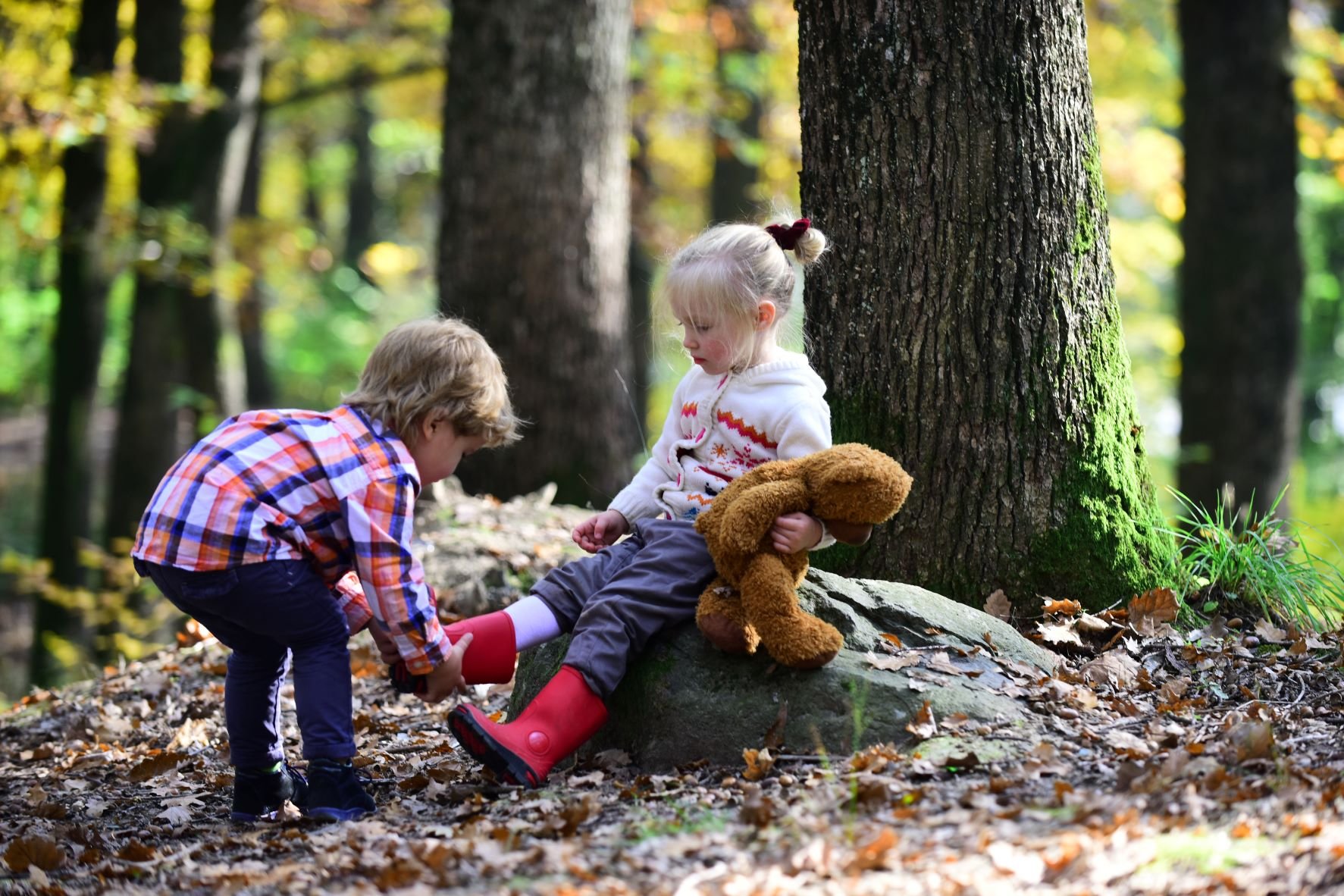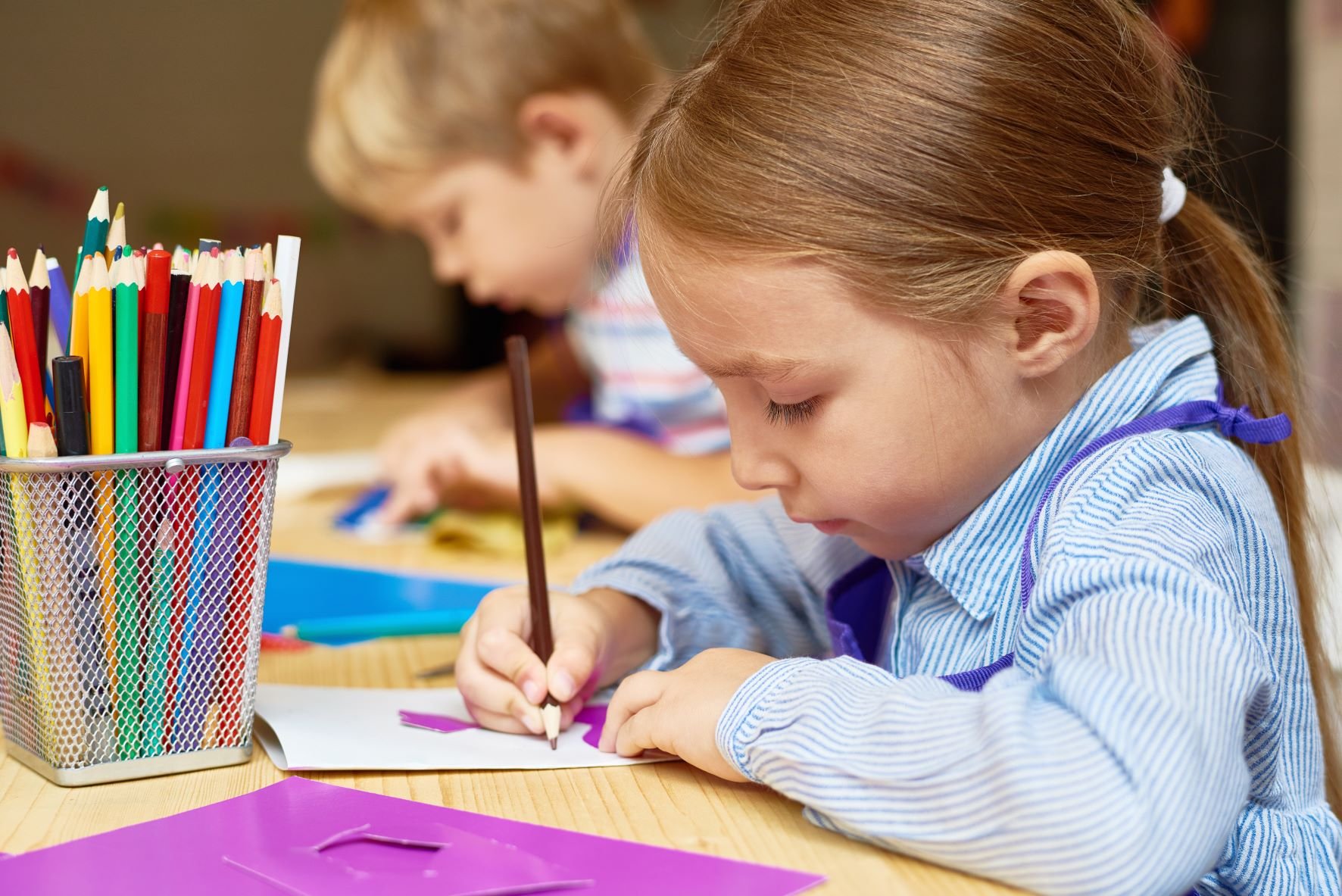How to Mindfully Teach Kindness to Your Kindergarten Class
Research on kindness has shown us that kind people enjoy many health benefits, from less stress and depression to a longer lifespan.
It’s never too early to start teaching kindness to your students; even kindergarten teachers can mindfully teach kindness in age-appropriate ways. Here is our guide to why kindness is important for young children, along with 5 mindfulness-based activities you can use to teach kindness to your kindergarten class.
Why is Kindness Important to Teach in School?
Helping young children become kind adults helps both the children and the society around them. Of course, the responsibility to teach kindness to children doesn’t fall entirely on teachers; parents and other family members also have a great influence in making sure that children learn to be kind. But considering that kindergarten is often the first time children are around a large group of their peers, their classroom can be an excellent place to learn to treat others with kindness.
The benefits of teaching kindness to children are well-established. Some of the most important reasons for teaching kindness in kindergarten include:
- Kindness reduces stress, which is important because stress can lead to serious health problems including high blood pressure and a weakened immune system.
- Kindness boosts happiness. Kind kids are happy kids.
- Kind people live longer.
- Acts of kindness help children to form strong relationships with others. Kind kids are more accepted by their peers. This also boosts happiness and mental well-being.
- When the whole class is kind, the classroom culture becomes more inclusive -- which leads to good classroom mental health.
- Kindness increases serotonin, the “feel good” brain chemical. This helps ward off mental health problems like depression and anxiety. Serotonin also has other benefits, including better sleep and digestion.
- Kindness (through serotonin increase) helps students have better focus and learn more easily at school.
- Schools can use kindness as a way to change bullying behaviors.
- The strong emotional bonds that come from kindness can be a protective factor against the effects of traumatic stress.
Teaching kindness in your kindergarten classroom will help each individual student gain the socio-emotional skills they need to succeed throughout life. Kindness also has enormous physical and mental health benefits. On top of that, nourishing a kind classroom can improve your entire class culture, leading to an inclusive, KIND school environment.
How Are Kindness and Mindfulness Connected?

One of the best ways to help your kindergarteners learn kindness is through mindfulness activities.
Although we often think of mindfulness as something that’s practiced individually and internally, recent studies have shown that it can actually help us work toward a kinder society.
These studies have suggested that practicing mindfulness leads to more “prosocial behavior,” which is another way of saying kindness. One study found that mindfulness practitioners are more likely to have compassionate goals, like not doing harm to others. They are less likely to care about their self-image.
Researchers still haven’t figured out why, exactly, mindfulness leads to more concern for others. Perhaps it is because mindfulness invites us to look deeply and really pay attention to both our inner and outer worlds. However, the studies suggest that there is something else going on. Participants weren’t only noticing others’ suffering, they were expressing concern and acting in kinder ways (when they practiced mindfulness).
Although more research is needed to be able to say for sure how mindfulness leads to kindness, it seems clear so far that practicing mindfulness does make people more compassionate and empathetic. If you work on teaching age-appropriate mindfulness skills to your kindergarten class, you may find that your students naturally start to become kinder to one another.
5 Kindness and Mindfulness Activities for Kindergarten
You can start teaching kindness to your kindergarten class today using these 10 activities. Before you begin, keep in mind the following tips:
- Always model kindness. Although activities to explicitly teach kindness are helpful, one of the best ways you can teach kindness in your classroom is by modeling it. Show concern and empathy for both your students and other adults in the room. Publicly praise students, in the moment, when you see them demonstrating kindness.
- Have appropriate expectations. Remember that kids will always be kids. Teaching your classroom kindness and mindfulness doesn’t mean that you will have a perfectly calm and well-behaved classroom. It doesn’t mean that playground fights won’t break out from time to time. These issues don’t mean your kindness activities “aren’t working.”
- Place an emphasis on friendship. The easiest way for kindergarteners to understand kindness may be by framing it through the lens of friendship. Teach your students how to “treat their friends,” and it may make the concept of kindness easier for them to understand.
Without further ado, here are 5 specific kindness activities for kindergarten. You can incorporate these activities into any part of your day.
Thank you cards

Invite your students to create thank you cards for other school staff. Consider not dictating to them who they must write a thank you card for. Ask them which other adults (besides you) on campus help them. It might be the school counselor, or the maintenance staff, or the P.E. teacher.
Help students identify why, exactly, they feel grateful for this person. This helps strengthen mindfulness skills and emotion identification. Help your students draw a picture card for their special people demonstrating how much they care about the person.
Kindness reflections
Pass out a small piece of paper to each student, Then, invite them to draw a time that someone was kind to them recently. You might consider asking them to specifically draw an event that happened at school. Then, ask them to draw about a time they were kind to someone else.
Lastly, invite your students to share their pictures. Praise each one for their acts of kindness, and discuss why kindness is important.
Days of kindness calendar
Create a calendar with one simple act of kindness that your students can complete every day. You can include things like complimenting another student, sharing their toys or art supplies, or inviting another student to play with them at recess.
If the entire class completes the task, they receive an award!
Kindness storytime
Bibliotherapy uses books to teach children about important life lessons. There are so many children’s books available that discuss every theme in child-friendly ways, including kindness. Ask your local librarian for recommendations, and use storytime to teach kindness through books.
One of our favorite children’s books on kindness at Calm Classroom is Have You Filled a Bucket Today? By Carol McCloud.
Teach mindfulness
As we’ve already discussed, mindful people are kind people. Any age-appropriate mindfulness activity can help your kindergarteners become kinder towards others.
One easy mindfulness activity for young children is sensory mindfulness. Ask your students to quiet down and pay attention to all the sounds they hear. Yoga for kids can be very mindful as well.
For more information about how Calm Classroom can help nourish both mindfulness and kindness in your kindergarten classroom, get in touch with us today.





SIGN UP FOR OUR NEWSLETTER